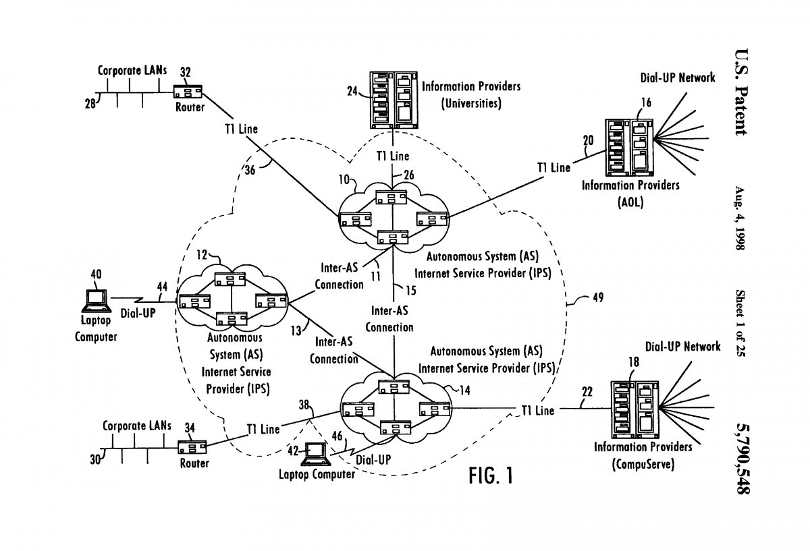
Photo by Samuel Zeller on Unsplash
What was your reaction when you first heard of “the cloud?” Personally, I was a bit puzzled by the term: “what do clouds and computers have in common, anyway?” I kept thinking.
According to a study conducted in the United States, nearly a third of Americans are just as baffled by the concept, nearly two decades since we started using the term Specifically, 29% of the population thinks ‘the cloud’ is a real cloud. While I can relate to this demographic on some level, it’s also quite odd that many people still can’t fully grasp the idea of a network of remote servers hosted on the Internet.
Bad weather can affect the cloud
If that’s not enough to make you giggle, this surely will. According to the same survey, more than half of the population believed stormy weather could affect cloud computing. Which is not entirely false, if you think about it, but still chucklesome.
There’s more. 22% reportedly fake their knowledge of cloud computing, pretended to know what they’re talking about. In reality, they’re just using the term to establish respect among their peers. The most common occurrence is in offices. Even funnier, 17% pretend to be well versed in such matters on a first date.
The study is admittedly not entirely new, but according to CloudWedge, things haven’t changed much since. To make matters worse, many of those who use cloud services on a regular basis are utterly confused by the notion of hosted software and services. Both the article and the survey itself are worth a read, but neither offers an answer to the age old question…
So why do we call it that?
Contrary to what you may find on Google, CLOUD is not an acronym, and it actually does have something in common with real clouds. It’s a figure of speech spawned by computer engineers some 20 years ago. When they drew networked services on paper, they usually ended up with diagrams that looked a lot like actual clouds.
Here’s an example, courtesy of US Patent 5,790,548, “Universal access multimedia data network,” from April 1996 (via Business Insider):
When the services converged on paper, the lines and curves in the schematic usually ended up looking like a cloud formation. It’s a well documented fact, even though it may sound far-fetched the first time you hear about it. It is said that the first recorded use of the term was a Compaq document dating from 1996. The abstraction gained mainstream attention when Amazon introduced Elastic Compute Cloud (EC2) in 2006.
If someone asks you what the cloud is, just say “a network of remote servers over the Internet.” It’s not in The Ten Commandments to be cloud savvy, but it can’t hurt to know a thing or two with everyone talking about it. And if you really want to sound smart, recite this:
Cloud computing is a general term for anything that involves delivering hosted services over the Internet. These services are broadly divided into three categories: Infrastructure-as-a-Service (IaaS), Platform-as-a-Service (PaaS) and Software-as-a-Service (SaaS). The name cloud was inspired by the symbol that’s often used to represent the Internet in flowcharts and diagrams. – (via TechTarget)

Post A Reply